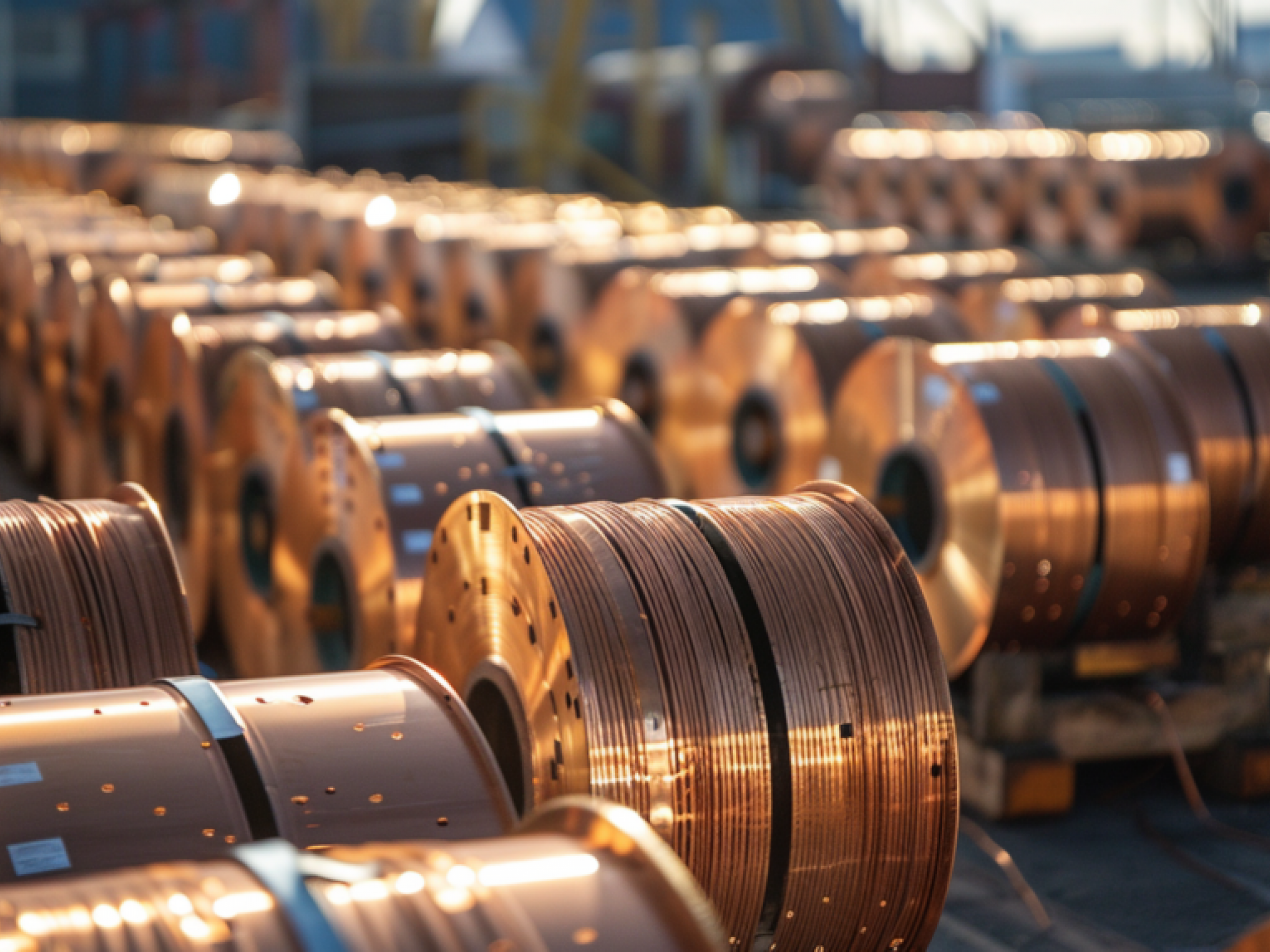
As the green transition accelerates, demand for copper has surged, driven by its critical role in renewable energy infrastructure, electric vehicles (EVs), and power grids. Despite companies scrambling to launch new mines, the shortage of copper could reach millions of metric tons by 2035, prompting scientists and engineers to explore alternatives like aluminum.
Aluminum shares many of copper’s desirable properties, including high conductivity and corrosion resistance. The Earth's crust contains as much as 8.1% aluminum, which forms in bauxite ore, making it the most abundant metal on the planet. Meanwhile, copper deposits form through the mineralization of primary ore deposits deeper below the surface, making them harder to find and extract and less abundant.
Aluminum’s applications extend beyond EVs to power grids and renewable energy systems, like overhead power lines, solar panel frames, and wind turbine components. While subsea cables and critical transformer windings still favor copper for its superior conductivity and resistance to fatigue, aluminum’s role in renewable energy is growing.
Per Auke Hoekstra, a researcher from the University of Eindhoven, “almost all copper in electric vehicles can be replaced by aluminum, from the motor windings to the wire harness.” However, despite its lighter weight, which makes it advantageous in fuel efficiency, aluminum has just 60% of copper’s conductivity.
Furthermore, aluminum production is energy-intensive, requiring between 13 to 15 megawatt hours to produce one metric ton of molten aluminum. Additionally, aluminum has higher creep rates and oxidation tendencies, imposing design restrictions and material treatment challenges.
Therefore, copper remains the material of choice for high-demand scenarios requiring durability and compactness, such as underground power lines, high-voltage transformers, and dense circuit boards.
In 2022, a team of researchers led by Keerti Kappagantula of the Pacific Northwest National Laboratory worked on increasing aluminum's conductivity through simulations that altered the metal's structure, removing or rearranging individual atoms. Still, Kappagantula's recent work indicates that the focus has switched to graphene, a carbon allotrope and the strongest material ever measured on the microscopic scale.
The material's popularity is notably present in the U.S. Department of Energy's ongoing multi-million-dollar competition to develop conductivity-enhanced materials. Three out of seven competitors focus on copper-composite materials, two of which include graphene.
By introducing graphene, researchers aim to reduce resistance at the atomic level, unlocking new efficiencies while preserving copper’s inherent advantages. In a Net Zero world, there are two options: increase copper supply or maximize efficiency.
The Global X Copper Miners ETF (NYSE:COPX) has underperformed the market year-to-date, returning 13.40%. Its P/E ratio is 10.90x, well below the S&P 500 30.4x ratio.
Read Next:
Image created using artificial intelligence via Midjourney.







